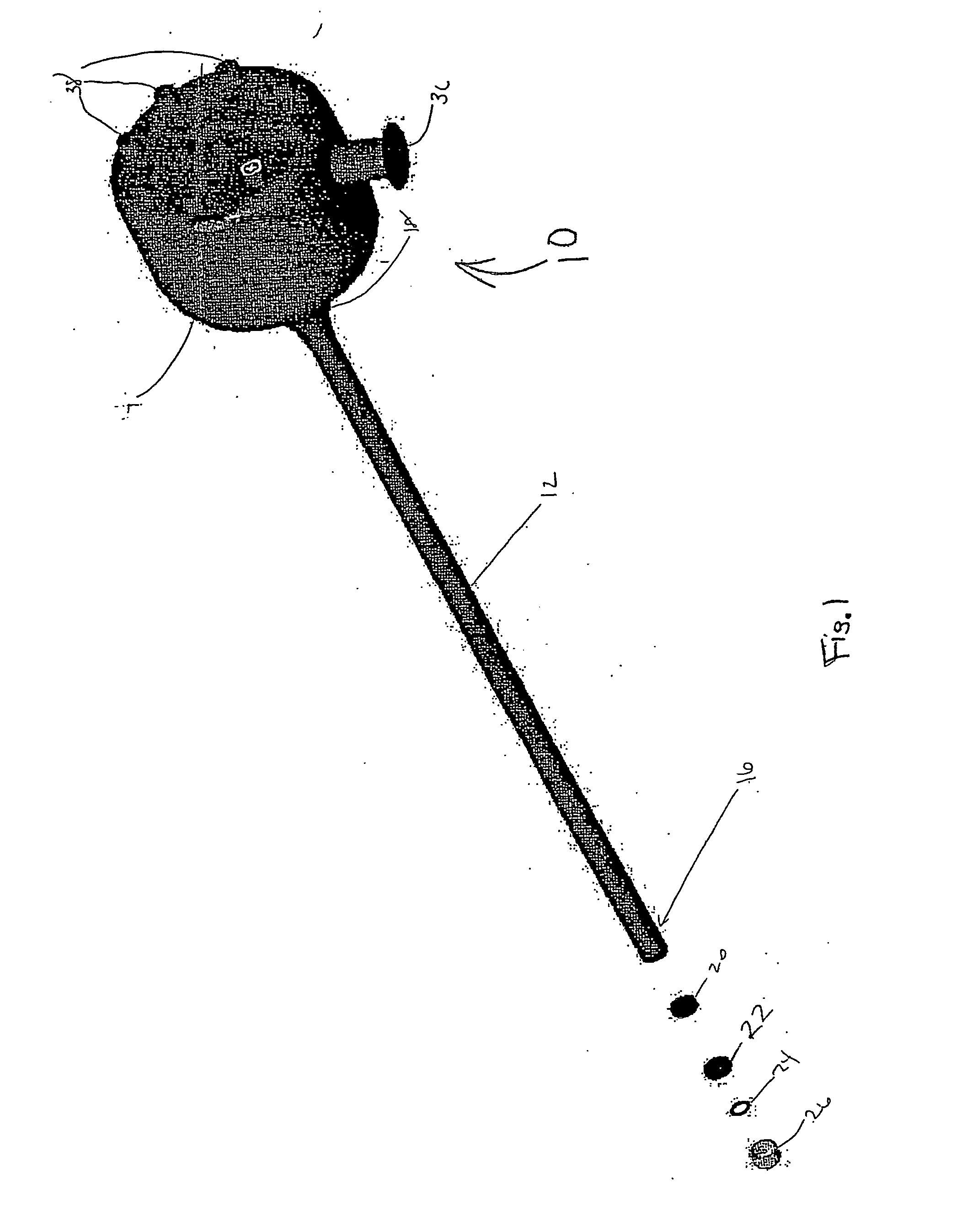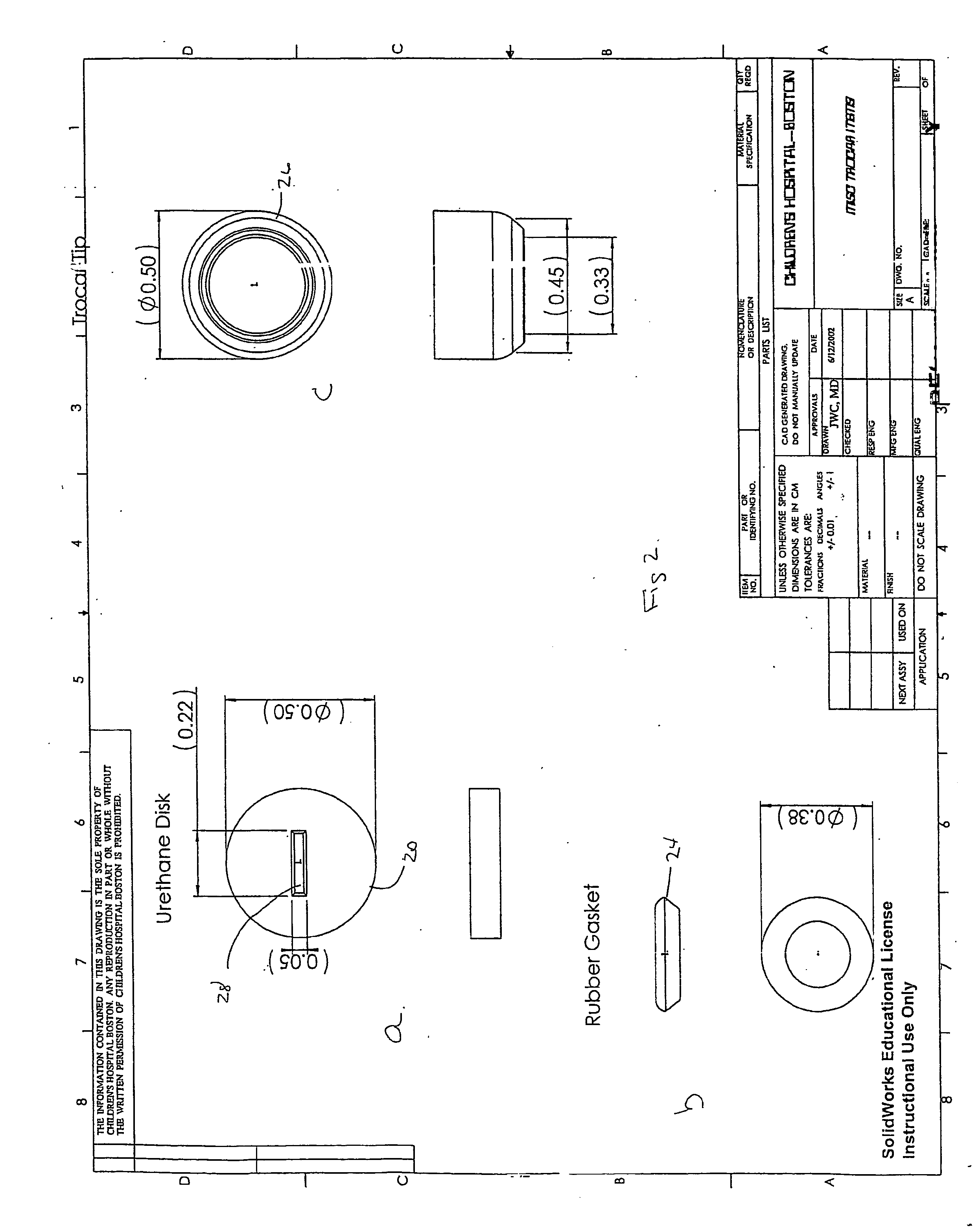For many procedures these incisions are as long as 20 centimeters, traumatic, and painful.
This translates into a painful
recovery, prolonged hospitalization with a slow return to a normal functional state, and significant cost.
The
disadvantage with this technique is that observation is imperfect.
Insufflation also has adverse respiratory and hemodynamic consequences due to
positive pressure inhibiting chest expansion and
venous blood return to the heart.
For several simple techniques, such as laparoscopic cholecystectomy, this has translated into decreased hospitalization and earlier return to normal function, though
cost savings is debated.
While some open
surgical procedures have been adapted to laparoscopic technique, there are limitations with this method, particularly with more complex procedures.
Fundamental problems relate to the access tubes used for inserting the various manipulative instruments.
While limiting incisional trauma, the small
diameter of these tubes dictates and limits the design of the inserted instruments.
To achieve similar function as in
open surgery, equipment becomes complex and therefore more expensive.
There is also added risk with each access tube.
Each tube requires a stab-wound of the body wall, risking injury to contained viscera with each puncture.
Furthermore, the
limited access enabled by each port dictates that multiple ports be used.
As procedural complexity increases, the surgeon must adapt to a continuously changing and less predictable environment than with simple procedures.
The number of ports, and the risk and incidence of complications increases.
This has resulted in long learning curves and has limited wide application of these procedures for complex cases.
As a result, the size of the tube used in the trocar-created incision is generally relatively small.
It therefore can only be used to pass relatively small devices into the
body cavity.
Moreover, the narrow tube severely restricts maneuverability of the device contained therein.
Therefore, though trocars offer the
advantage of wound minimization, they are of some danger to the viscera, they are of restricted dimensions for allowing the passage of devices of interest there through, and they permit limited tactile manipulation.
It may be a systematic problem with a particular element of the technique, such as insufflation where
positive pressure venting through the incision results in
contamination.
Another systematic problem might be direct
contamination during specimen removal.
However, these concerns and the lack of understanding have limited the application of the technique.
Open-heart
surgery typically requires significant hospitalization and recuperation time for the patient.
The average
mortality rate with this type of procedure is low, but is associated with a
complication rate that is often much higher compared to when cessation and CPB are not required.
In addition, open-
heart procedures require the use of CPB, which continues to represent a major assault on a host of body systems.
For example, there is noticeable degradation of mental faculties following such surgeries in a significant percentage of CABG patients.
This degradation is commonly attributed to cerebral arterial blockage and emboli from debris in the blood generated by the use of CPB during the surgical procedure.
The adverse hemostatic consequences of CPB also include prolonged and potentially
excessive bleeding.
However, the leading cause of morbidity and disability following
cardiac surgery is cerebral complications.
But with the possible exception of
perioperative electroencephalography, these technologies do not yet permit real time surgical adjustments that are capable of preventing emboli or strokes in the making.
Alternatives to CPB are limited to a few commercially available devices that may further require major surgery for their placement and operation such as a sternotomy or multiple anastomoses to vessels or
heart chambers.
The main drawbacks of these devices include their limited circulatory capacity, which may not totally support patient requirements, and their limited application for only certain regions of the heart, such as a left
ventricular assist device.
Other available devices that permit
percutaneous access to the heart similarly have disadvantages, such as their limited circulatory capabilities due to the strict size constraints for their positioning even within major blood vessels.
In further attempts to reduce the physical dimensions for cardiac circulatory apparatus, the flow capacity of these devices is significantly diminished.
Bypass surgery on a
beating heart has been limited to only a small percentage of patients requiring the surgical bypass of an occluded anterior heart vessel.
These patients are at risk of having to be placed on CPB on an emergency basis in the event the heart stops or becomes unstable or is damaged during the surgical procedure on the
beating heart.
Meanwhile, patients requiring surgery on posterior or lateral heart vessels and whose hearts must be immobilized and placed on CPB often suffer major side effects as previously described.
The current trend toward thoracoscopic methods of performing
bypass surgery, without opening the
chest cavity, have resulted in limited success and applicability primarily due to the limited number of heart vessels which can be accessed through thorascopic methods.
A major limitation of thorascopic
bypass surgery methods is due to the fact that only the anterior heart vessels are accessible for surgery.
Further, tens of thousands of people are born each year with congenital defects of the heart.
These conditions may cause blood to abnormally shunt from the right side of the heart to the left side of the heart without being properly oxygenated in the lungs, so that the body tissues supplied by the blood are deprived of
oxygen.
In addition, blood in the left side of the heart may shunt back to the right side through the defect rather than being pumped into the arterial
system, causing abnormal enlargement of the right chambers of the heart.
The necessity of stopping the heart significantly heightens the risks attendant such procedures, particularly the risks of causing ischemic damage to the heart
muscle, and of causing
stroke or other injury due to circulatory emboli produced by aortic clamping and vascular cannulation.
In addition, the creation of a gross
thoracotomy produces significant morbidity and mortality, lengthens
hospital stay and subsequent
recovery, increases costs, and worsens the pain and trauma suffered by the patient.
While intravascular approaches to the repair of congenital defects can provide certain advantages, the most significant of which is the
elimination of the need for gross
thoracotomy and cardioplegic arrest, these techniques have suffered from a number of problems.
One such problem is the difficulty in manipulating the artificial patches into position across a defect using only the proximal end of a long and flexible delivery
catheter positioned through a tortuous right lumen.
Also problematic is the inadequacy of fixation of endovascularly-placed patches, creating a tendency of such patches to migrate or embolize after placement, which can allow blood to again shunt through the defect.
In addition, once such a patch has been placed and the delivery
catheter detached from the patch, relocating and repositioning the patch with the
catheter is difficult, if not impossible, and may require open
surgical correction.
Moreover, in young children, the size of the
peripheral vessels is extremely small, and damage to such vessels could have serious effects upon the growth of the child.
Thus, the size of the devices that can be introduced through such vessels is greatly limited.
However, endovascular mapping and
ablation devices suffer from many of the same problems suffered by endovascular septal
defect repair devices, including a lack of control and precise positionability from the proximal end of these highly flexible and elongated devices, the significant size constraints of
peripheral vessels, and the inability to position the devices in all potentially diseased sites within the heart.
 Login to View More
Login to View More  Login to View More
Login to View More 


